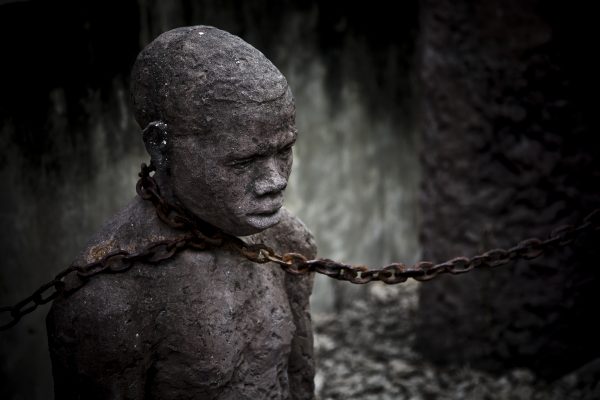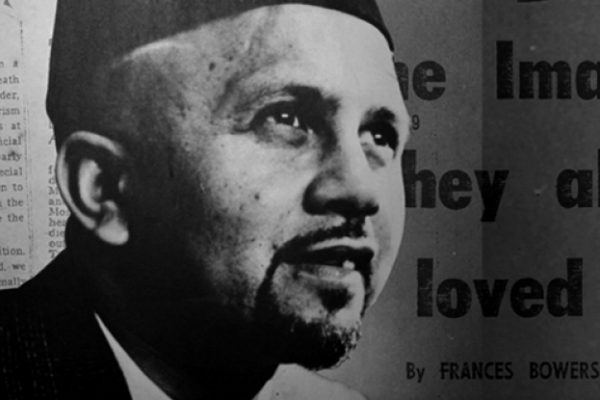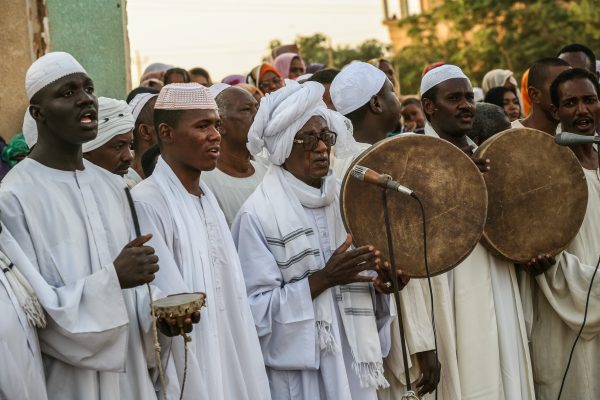Although many of the East African slaves brought to the Arabian Peninsula went through Oman and Yemen, it is still important to note the participation of the UAE in this dark chapter of human history.
Although many of the East African slaves brought to the Arabian Peninsula went through Oman and Yemen, it is still important to note the participation of the UAE in this dark chapter of human history.
Although the United Arab Emirates today is known for glitzy Dubai and it’s modernistic cityscapes, the UAE has had a long and sometimes dark history with the two giants that have influenced so much of the country today: India to the east and East Africa to the south. From the language to the food, and from the politics and flow of peoples, the little known history of the UAE and its deep relationship with India and East Africa is interesting for all who are curious about this corner of the world.
The UAE and mother India
Nestled comfortably in the Arabian Peninsula, with access to trade in Europe, Asia, the Middle East, and Africa, the UAE has a long and historical relationship with the former Empire, and now country, of India. With trade and an exchange of culture, traditions, and religions that stem back centuries, the UAE and India’s colourful history is one not to be brushed over when talking about the world’s most interesting international relationships.
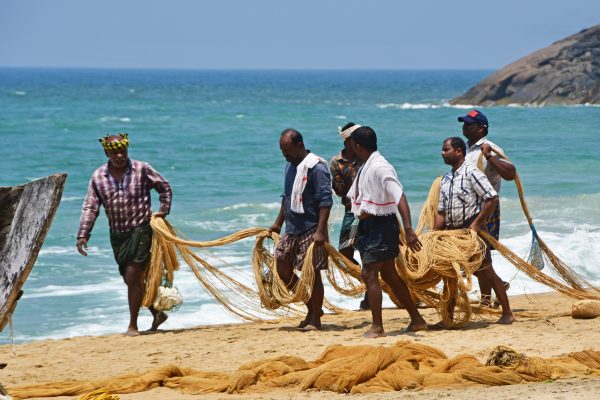
Because of the UAE’s strategic location between India and the rest of the Middle East, trade and commerce have long been a part of the historic relationship between these two colourful nations. Indian sailors and fishermen, using the winds of the monsoon season, sailed to the Arabian Peninsula to trade and sell goods, with merchants in what is now the UAE actively part of this international trade in the Indian Ocean from as early as 5,000 years ago.
Indian merchants from the Indus Valley brought timber, spices, and grain, while merchants in modern-day Sharjah and Ras Al Khaimah in the UAE traded copper, pottery, and beadwork. It’s no wonder that Indian culture, food, fabrics, and architecture can still be seen in the UAE with such an intricate mix of the two regions mingling over the course of thousands of years.
Although both India and the UAE eventually became their own independent nation-states with wider international trading partners, the two countries still share a deep connection. Today, Indian migrants make up the highest number of foreign expats in the UAE, with more than 2.5 million workers of Indian origin living in the country today. This makes the entire population of the UAE almost 27% Indian.
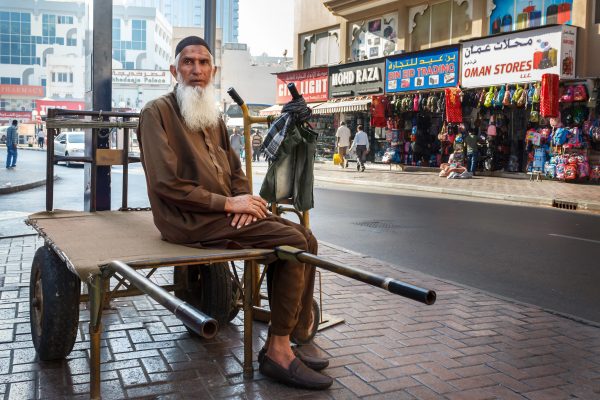
The two countries have much more in common than often admitted by both sides, as seen in the blending of culture, food, and language. In fact, many words in the Emirati Arabic dialect stem from Urdu or Hindi and some of what is considered to be ‘traditional’ Emirati food is known by many to actually have quite obvious Indian origins.
The bond between the UAE and India stems from a long and colourful relationship from before the two even dreamt of becoming modern nation-states, with trade and exchanges of culture, goods, and ideas beginning at least five millennia ago. This relationship between the UAE and India is just one example of how countries, no matter how extravagant and rich they may be today, can never build themselves up completely on their own. It’s safe to say that, without the historical trade and exchanges with India, cities like Dubai would never have grown into the powerhouses they are today.
The UAE and the slave trade from East Africa
While the UAE may have a bright and dazzling image today, it’s important to recognize the darker parts of its history, particularly in relation to East Africa and the slave trade. Although many of the East African slaves brought to the Arabian Peninsula went through Oman and Yemen, it is still important to note the participation of the UAE in this dark chapter of human history.
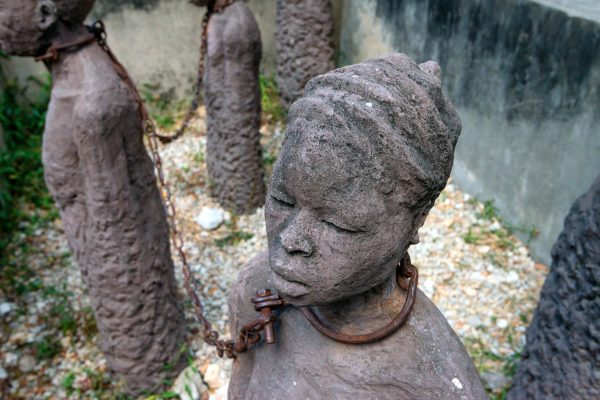
Although the number is likely higher, it is generally recognized that around 80,000–100,000 East Africans were kidnapped and forced into slavery in the Arabian Peninsula during the height of the slave trade in the 18th and 19th centuries. Many of the slaves were first forced to gather on the island of Zanzibar; they were then taken to ports in Oman and Yemen where families and businesses from around the Arabian Peninsula would buy them. The areas and families in what is now modern-day UAE actively partook in this dark chapter of human history, and it is important to recognize the brutality and abuses that went unrecorded for centuries during the slave trade.
However, East Africans, mainly from richer family backgrounds, also started to move on their own accords after the slave trade began to get socially outlawed by the 1800–1900s, and many settled down in what is now modern-day UAE and are recognized as local Emirati citizens today. Many have completely adapted to mainstream Emirati culture and language, although some families continue to enjoy East African foods and dialects even while considering themselves local Emiratis. Emirati names such as Al Hammadi, Al Darmaki, and Al Mazroui are said by many to be of East African origin.
By the 1900s, Arab Emiratis were also exploring places such as Zanzibar in East Africa and exchanging in trade and adventure. Using the tide from the monsoon seasons, many Emiratis took the long journey with their traditional dhow boats, arriving in Zanzibar, Mogadishu, and Mombasa with goods to trade and sell.
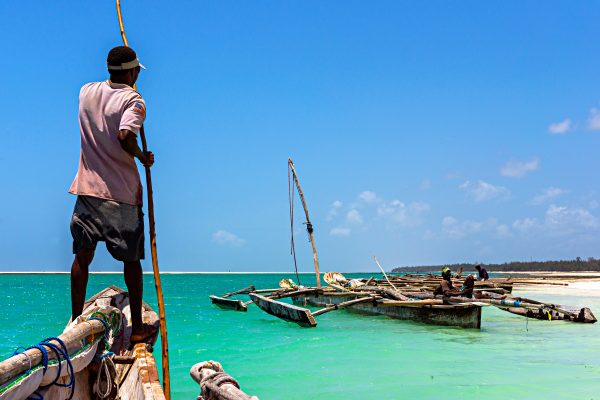
Emirati merchants mainly traded mangrove wood in exchange for raisins, corn, and other foodstuffs from East Africa. This strong relationship of trade and cooperation, after a dark history of the slave trade, changed the relationship between the two regions for the better.
Today, the UAE still shares a deep connection with East Africa, with many Africans from the eastern regions of the continent continuing to migrate to the UAE for opportunities and entrepreneurship. Cultures, languages, food, and religion have continued to spread and mix between the two regions, setting an example for the rest of the world of how interconnected we all really are, despite the sometimes horrendous events of the past.
